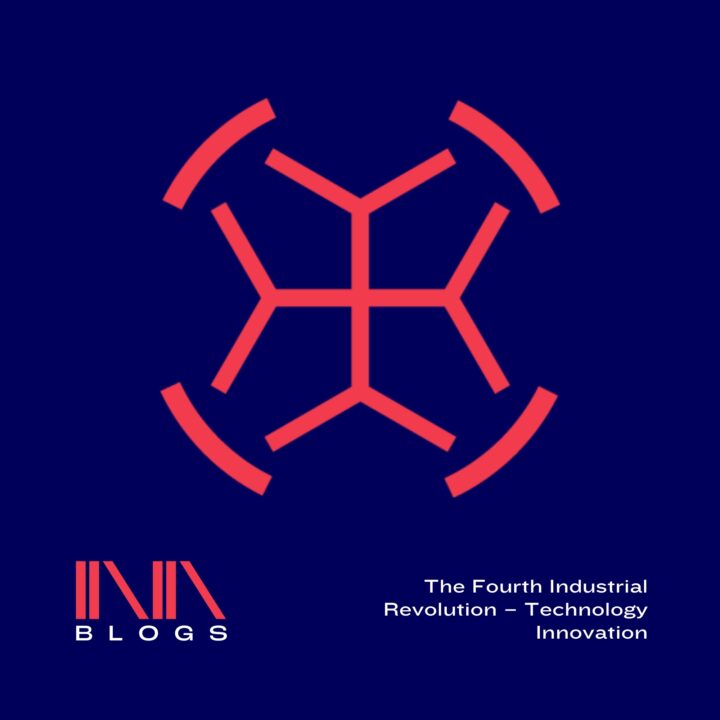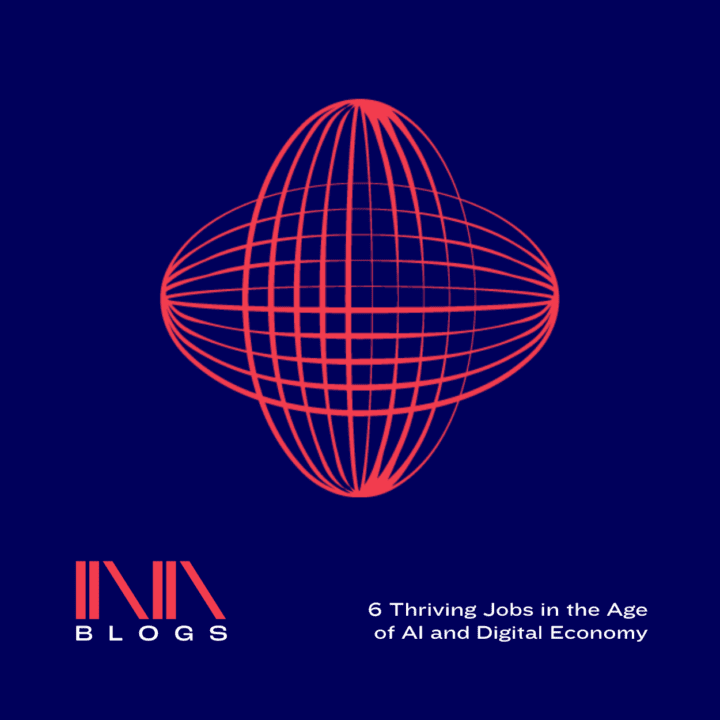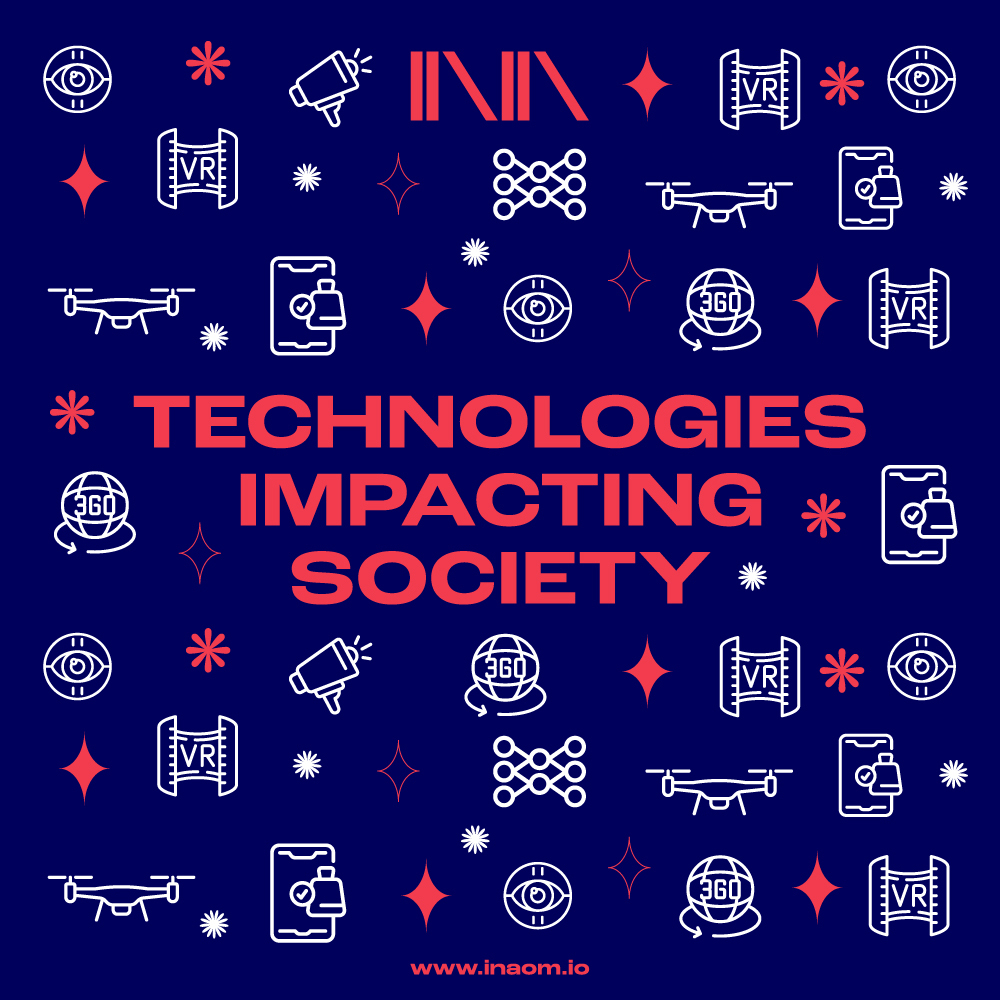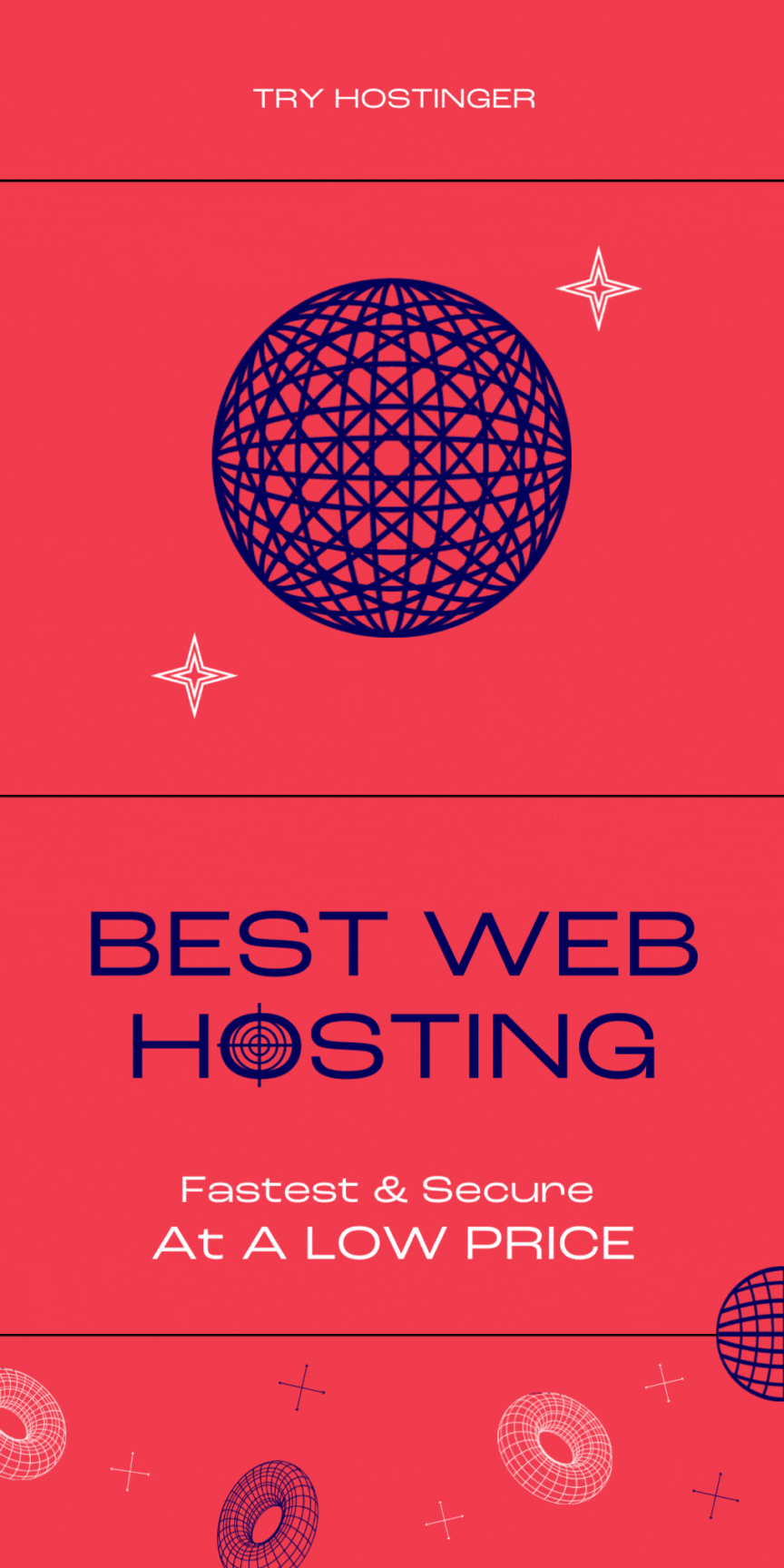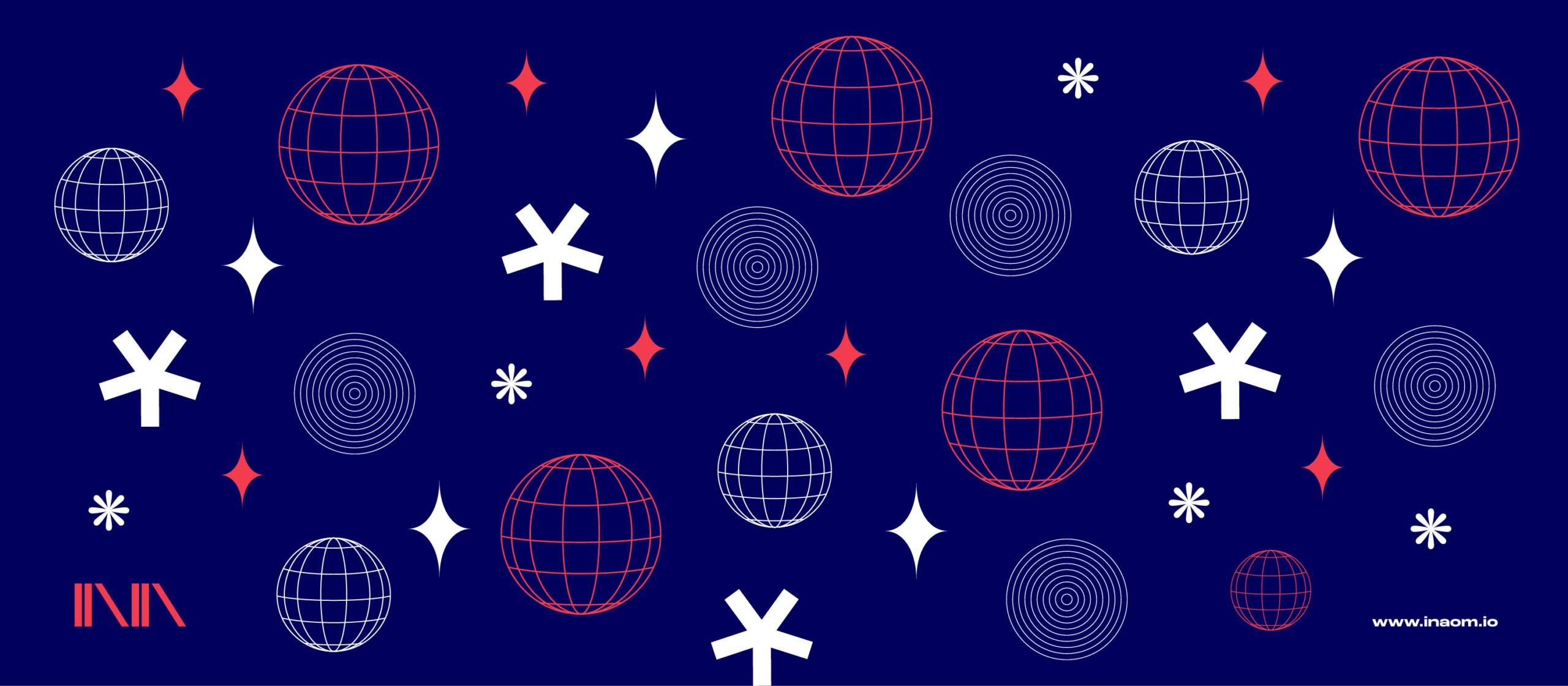
The evolution of the World Wide Web has been nothing short of remarkable. From its early days as a collection of static documents, to the dynamic web that we know today, the web has continued to evolve and adapt to the changing needs of its users. And now, with the advent of Web 3.0, we are entering a new era of the web that promises to be more intelligent, data-driven, and interconnected than ever before.
Defining Web 3.0 – The Semantic Web
So, what exactly is Web 3.0? At its core, Web 3.0 is the Semantic Web, a vision of the web in which data is connected and structured in a meaningful way, allowing machines to understand the meaning of the data and to make decisions based on it. In other words, Web 3.0 is a web in which machines can “read” and “understand” the information that is presented to them, and use that understanding to provide better services and experiences to users.
Technologies Behind The Semantic Web
The Semantic Web integrates various technologies to craft an intelligent and interconnected web. These technologies include:
1. Resource Description Framework (RDF)
RDF serves as the backbone of Web 3.0’s data structure. It allows for the representation of data in a machine-readable format, facilitating data exchange and interoperability across different applications and platforms. This technology is fundamental in building the foundation of the Semantic Web.
2. Web Ontology Language (OWL)
OWL is a language used for creating ontologies on the Semantic Web. It enables developers to define relationships, hierarchies, and constraints within a knowledge domain. By employing OWL, the Semantic Web becomes more than just a collection of data—it transforms into a structured web of knowledge.
3. SPARQL
SPARQL is a query language designed specifically for retrieving information from semantic databases. It empowers developers and users to extract meaningful insights from the vast sea of interconnected data. With SPARQL, querying the Semantic Web becomes intuitive, enabling precise searches and targeted results.
4. RDFa
RDFa, or Resource Description Framework in Attributes, is a technology that extends HTML and XML markup languages with semantic metadata. It allows developers to embed structured data directly into web content, making it machine-readable and thus enhancing the overall web of linked data..
5. Linked Data
Linked Data is a set of principles and practices for publishing, connecting, and interlinking structured data on the web. It promotes the idea of creating a global data space where different data sources can be interlinked and queried collectively. Linked Data utilises standardised formats like RDF to represent data and employs Uniform Resource Identifiers (URIs) as unique identifiers for resources.
6. Microformats
Microformats are a lightweight way of embedding semantic information into HTML content. They provide a simple and human-friendly approach to adding structured data to web pages, allowing developers to mark up specific types of data (such as events, contact information, reviews, etc.) using standard HTML elements and classes. Microformats make it easy for search engines and other tools to parse and understand the meaning of data within web pages.
The Role Of Ontology In The Semantic Web
At the heart of the Semantic Web is the concept of ontology, a formal description of the concepts and relationships that exist within a particular domain. Ontologies allow developers to create structured data that can be shared and used by machines, and they are an essential part of the Semantic Web. They pave the way for more advanced reasoning, contributing to efficient automation and accurate conclusions.
Additionally, ontologies enhance search precision by interpreting user intentions and mapping them to relevant concepts. As a foundational element, ontologies continue to drive the evolution of the Semantic Web, creating a more intelligent and interconnected digital landscape for both humans and machines.
Unlocking the Potential of the Semantic Web
Web 3.0 has the potential to reshape numerous industries and enhance user experiences across the board. From personalised recommendations in e-commerce to more accurate medical diagnoses, the applications are vast and promising.
Enhanced Search Experiences
Imagine a search engine that not only understands your query but also comprehends the context behind it. Web 3.0’s semantic data empowers search engines to deliver more relevant and accurate results, making information retrieval a seamless process.
Smarter Virtual Assistants
Virtual assistants, like Siri and Alexa, are becoming more integrated into our lives. With Web 3.0, these assistants can better understand natural language, provide contextually relevant answers, and even anticipate user needs based on their preferences and behaviours.
Revolutionising Healthcare
In the medical field, Web 3.0 could lead to groundbreaking advancements. Interconnected medical records, data-driven diagnoses, and collaborative research facilitated by the Semantic Web could significantly improve patient care and treatment outcomes.
Other Technologies In Web 3.0 – Blockchain & AI
Web 3.0 also includes other technologies that are not directly related to the Semantic Web. But they are important for creating a more intelligent, interconnected web.
Blockchain
One of these technologies is Blockchain, a decentralised and secure ledger that enables secure and trusted transactions between parties. Blockchain has a wide range of potential applications, from secure financial transactions to the management of digital identities.
Artificial Intelligence (AI)
Another important technology in Web 3.0 is Artificial Intelligence (AI). AI allows machines to learn and adapt to new situations. It makes them more intelligent and capable of providing better services to users. For example, an AI-powered virtual assistant can understand natural language commands and provide personalised recommendations to users.
Conclusion
In conclusion, Web 3.0 envisions a web where data is interconnected and organised in a meaningful manner. It allows machines to understand the meaning of the data and to make decisions based on it. The Semantic Web, which lies at the core of Web 3.0, consists of technologies enabling developers to produce structured data that machines can share and utilise. Other technologies, such as Blockchain and AI, are also important components of Web 3.0. They enable secure and trusted transactions and more intelligent decision-making. As the web is evolving continuously, Web 3.0 plays an important role in shaping the future of the web.
Frequently Asked Questions (FAQs)
What are the main goals of Web 3.0?
Web 3.0 aims to enhance data interoperability, enable machines to understand content contextually, and provide more meaningful and relevant user experiences.
Is Web 3.0 already in use?
Yes, Web 3.0 concepts and technologies are gradually being integrated into various applications and platforms. However, its full realisation is an ongoing process.
How does linked data benefit users?
Linked data bridges gaps between isolated datasets, enabling users to access comprehensive and contextually rich information, thereby enhancing their understanding.
Can Web 3.0 improve online security?
While Web 3.0’s focus is on data organisation and meaning, its principles can indirectly contribute to enhanced online security by facilitating more accurate data access and sharing.
How can businesses leverage Web 3.0?
Businesses can leverage Web 3.0 to provide personalised user experiences, optimise their online presence for semantic search, and develop innovative products and services.


